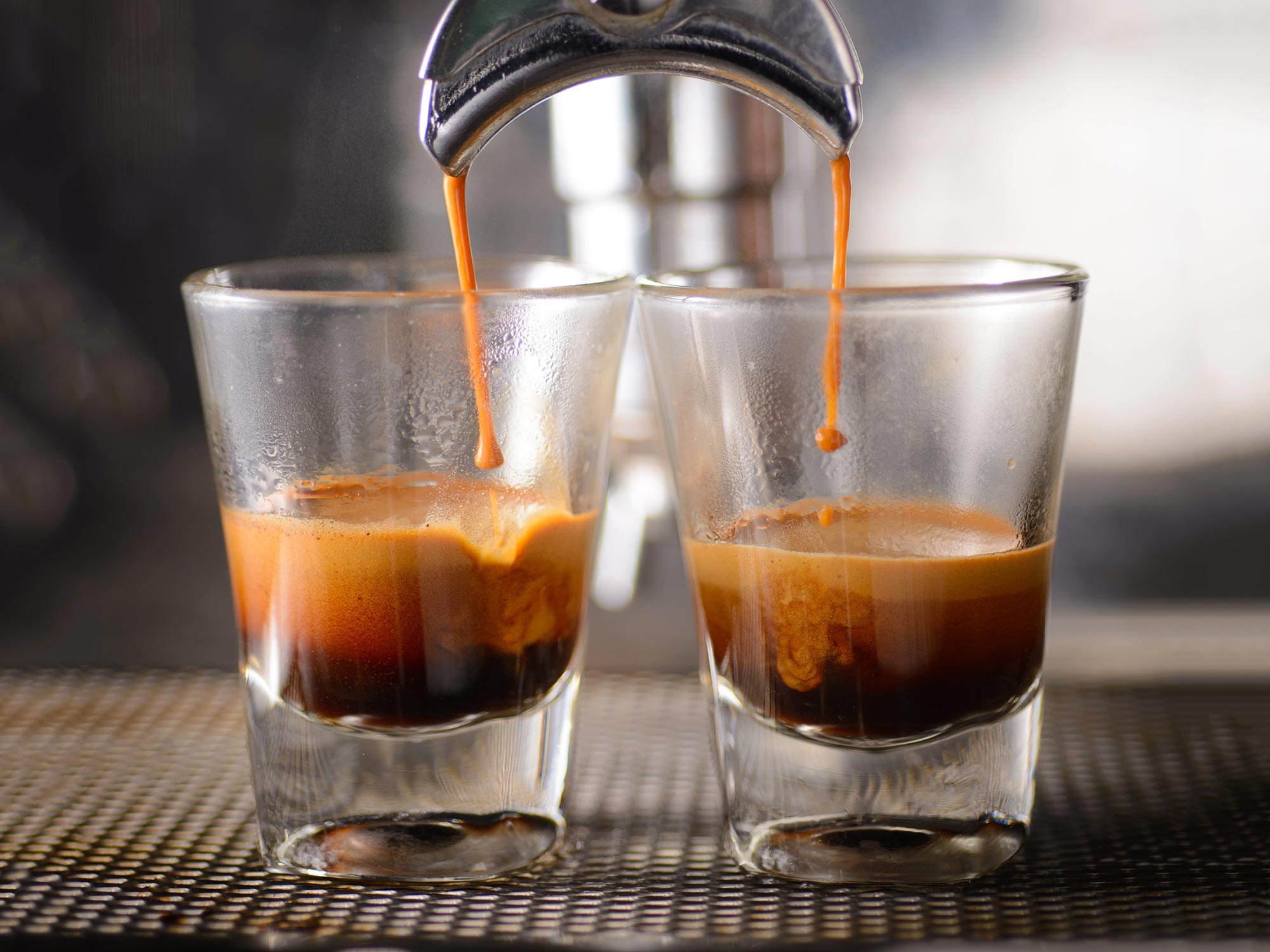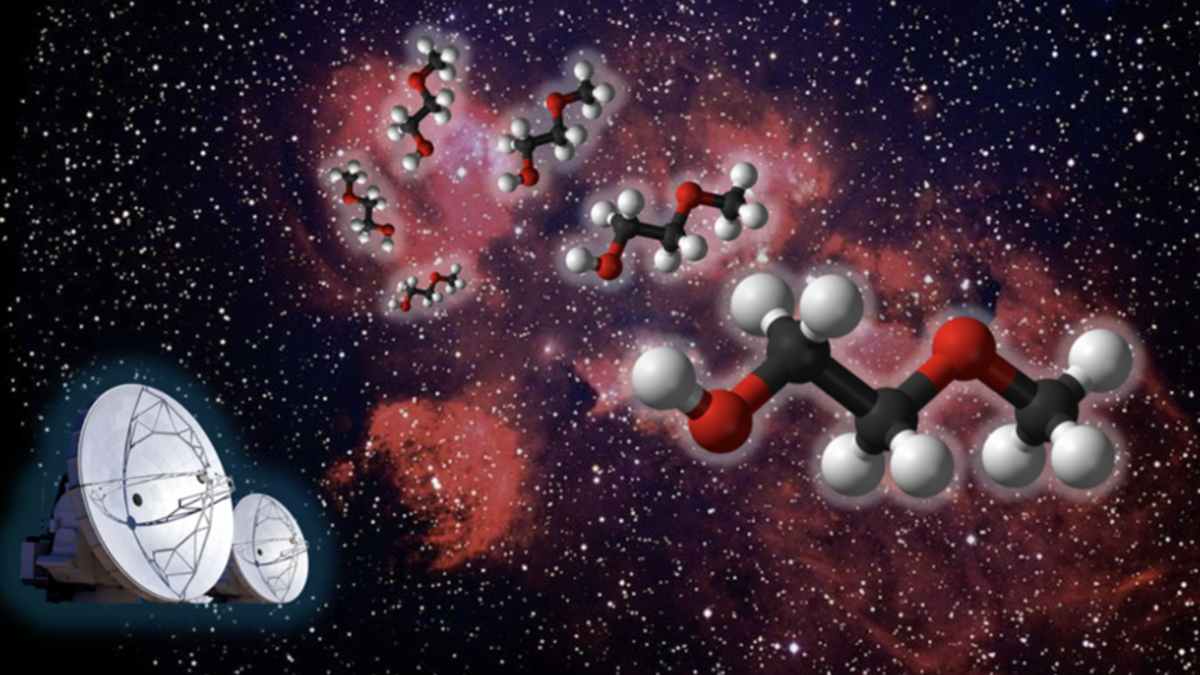
Oamenii de știință au descoperit că mai multe boabe de cafea măcinate au ca rezultat un espresso mai slab din cauza extracției neuniforme. Ei au folosit un model matematic simplu pentru a împărți cafeaua în două regiuni și au examinat modul în care fluxul neuniform a afectat procesul de preparare. Acest flux neuniform a continuat prin diferite părți ale patului de cafea, afectând gustul cafelei. Prin înțelegerea și prevenirea extracției neuniforme, este posibil să se îmbunătățească procesul de preparare a cafelei și să se realizeze economii financiare printr-o utilizare mai eficientă a cafelei.
Înțelegerea originii extracției inegale în procesul de preparare a espressoului poate duce la îmbunătățirea băuturilor și la economii financiare semnificative prin utilizarea cafelei mai eficient și durabil.
Cercetătorii de la Universitatea din Huddersfield au descoperit că extracția neuniformă în prepararea espressoului are ca rezultat o cafea slabă atunci când se folosesc boabe măcinate fin. Înțelegerea și prevenirea acestui fenomen poate îmbunătăți gustul cafelei și poate permite economii financiare prin utilizarea mai eficientă a cafelei.
Cafeaua espresso este preparată prin măcinarea întâi a boabelor de cafea prăjite în boabe. Apa fierbinte își forțează apoi drumul printr-un strat de boabe de cafea sub presiune înaltă, dizolvând conținutul solubil al boabelor de cafea în apă (extracție) pentru a produce espresso.
În 2020, cercetătorii au descoperit că mai multe boabe de cafea măcinate produc espresso mai slab. Această descoperire experimentală contraintuitivă are sens dacă, dintr-un motiv oarecare, există zone în patul de cafea în care se extrage puțină sau chiar deloc cafea. Această extracție neuniformă devine mai vizibilă atunci când cafeaua este măcinată mai fin.
în

In this figure, Q is the rate of flow, epsilon is the porosity (which increases as coffee is extracted), and c is the concentration of dissolved coffee (a measure of the strength of the espresso). Credit: W.T. Lee, A. Smith, and A. Arshad
One of the regions in the model system hosted more tightly packed coffee than the other, which caused an initial disparity in flow resistance because water flows more quickly through more tightly packed grains. The extraction of coffee decreased the flow resistance further, as coffee grains lose about 20% to 25% of their mass during the process.
“Our model shows that flow and extraction widened the initial disparity in flow between the two regions due to a positive feedback loop, in which more flow leads to more extraction, which in turn reduces resistance and leads to more flow,” said co-author William Lee. “This effect appears to always be active, and it isn’t until one of the regions has all of its soluble coffee extracted that we see the experimentally observed decrease in extraction with decreasing grind size.”
The researchers were surprised to find the model always predicts uneven flow across different parts of the coffee bed.
“This is important because the taste of the coffee depends on the level of extraction,” said Lee. “Too little extraction and the taste of the coffee is what experts call ‘underdeveloped,’ or as I describe it: smoky water. Too much extraction and the coffee tastes very bitter. These results suggest that even if it looks like the overall extraction is at the right level, it might be due to a mixture of underdeveloped and bitter coffee.”
Understanding the origin of uneven extraction and avoiding or preventing it could enable better brews and substantial financial savings by using coffee more efficiently.
“Our next step is to make the model more realistic to see if we can obtain more detailed insights into this confusing phenomenon,” said Lee. “Once this is achieved, we can start to think about whether it is possible to make changes to the way espresso coffee is brewed to reduce the amount of uneven extraction.”
Reference: “Uneven extraction in coffee brewing” by W. T. Lee, A. Smith and A. Arshad, 9 May 2023, Physics of Fluids.
DOI: 10.1063/5.0138998

„Mândru pasionat al rețelelor sociale. Savant web fără scuze. Guru al internetului. Pasionat de muzică de-o viață. Specialist în călătorii.”





More Stories
Îngropată în Nebuloasa Gheara Pisicii este una dintre cele mai mari particule spațiale văzute vreodată
SpaceX a aterizat acum un număr mai mare de rachete de rapel decât majoritatea celorlalte lansate vreodată
Oamenii de știință spun că aule care merg în patru picioare „nu ar trebui să existe”